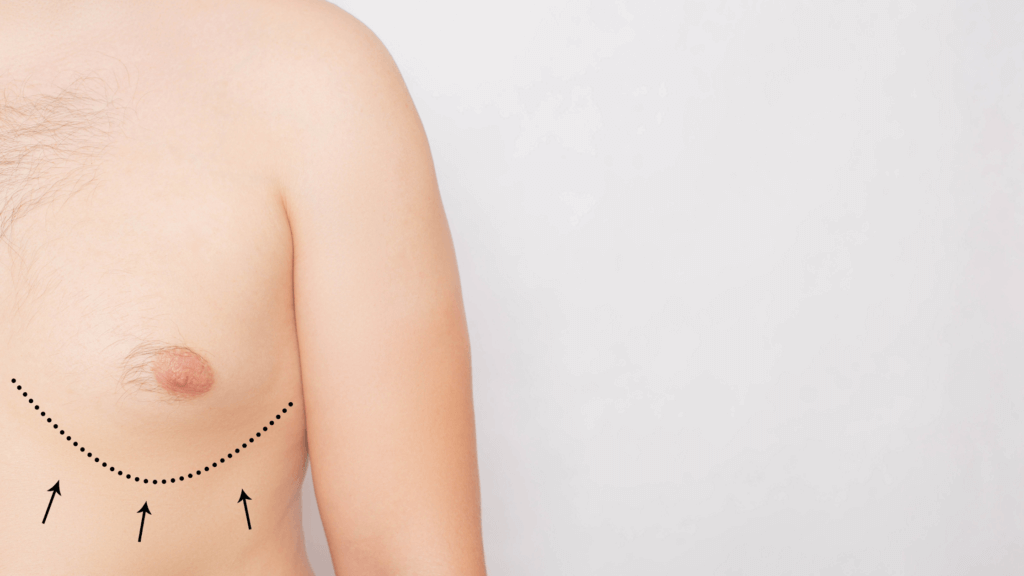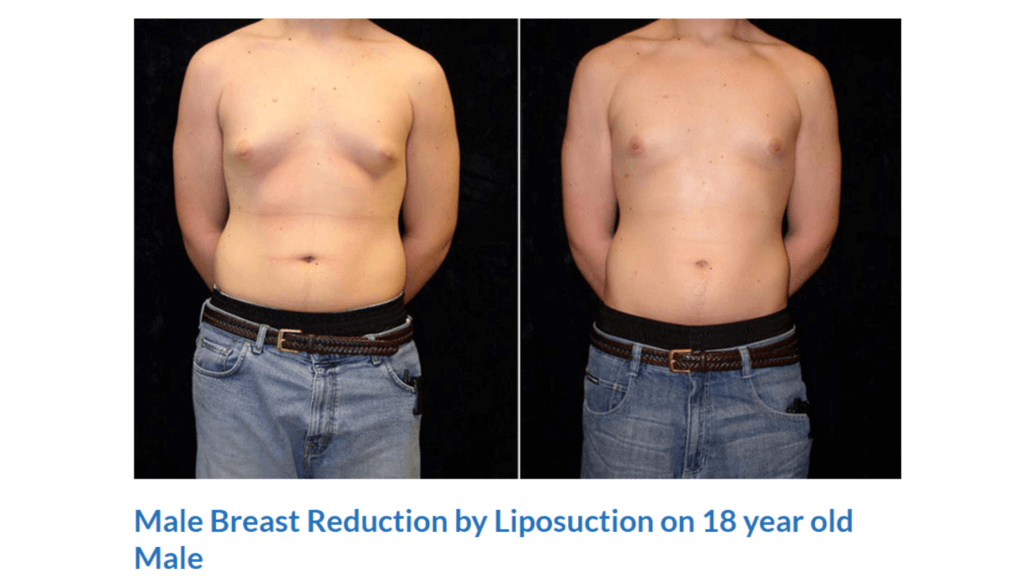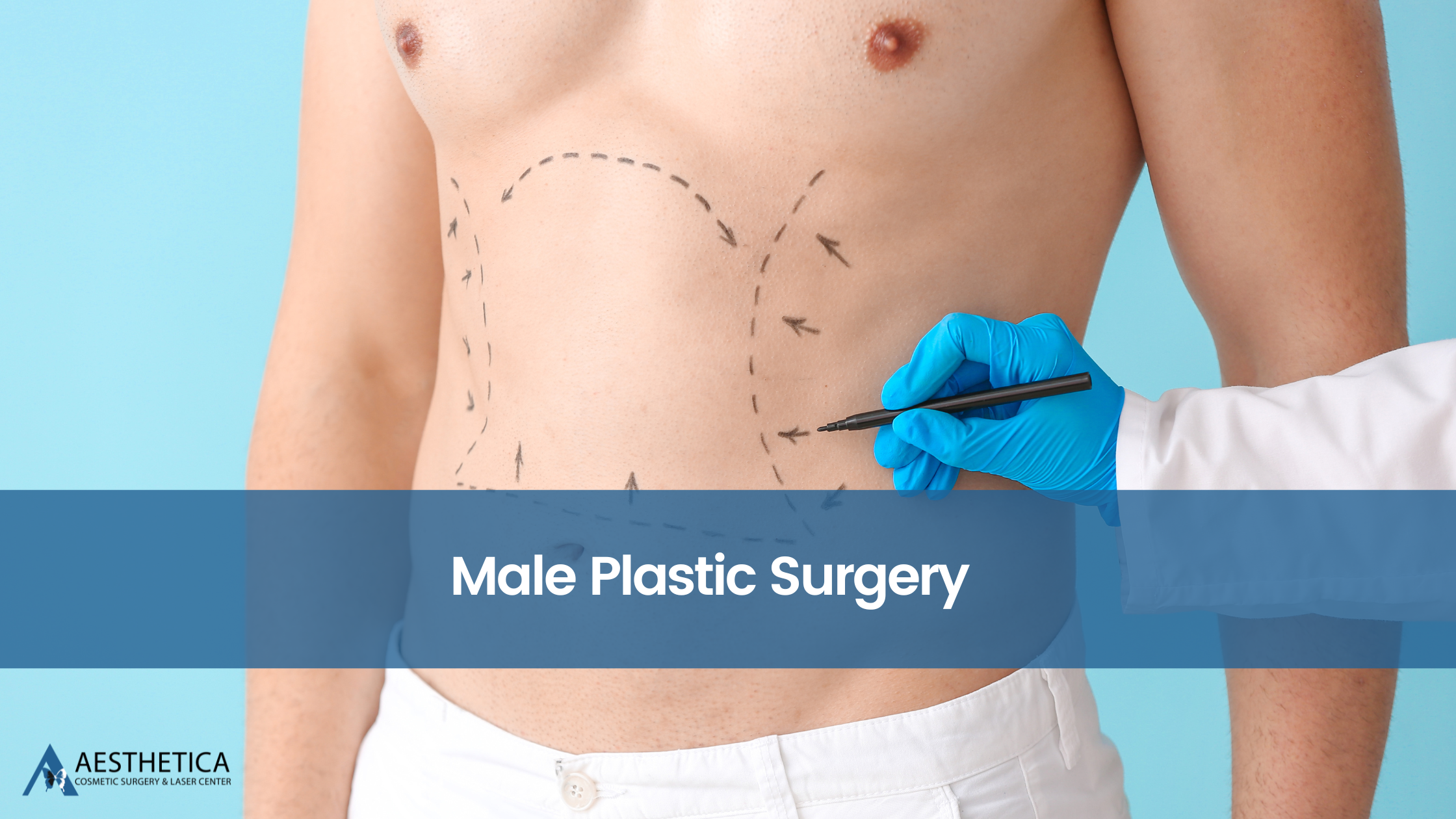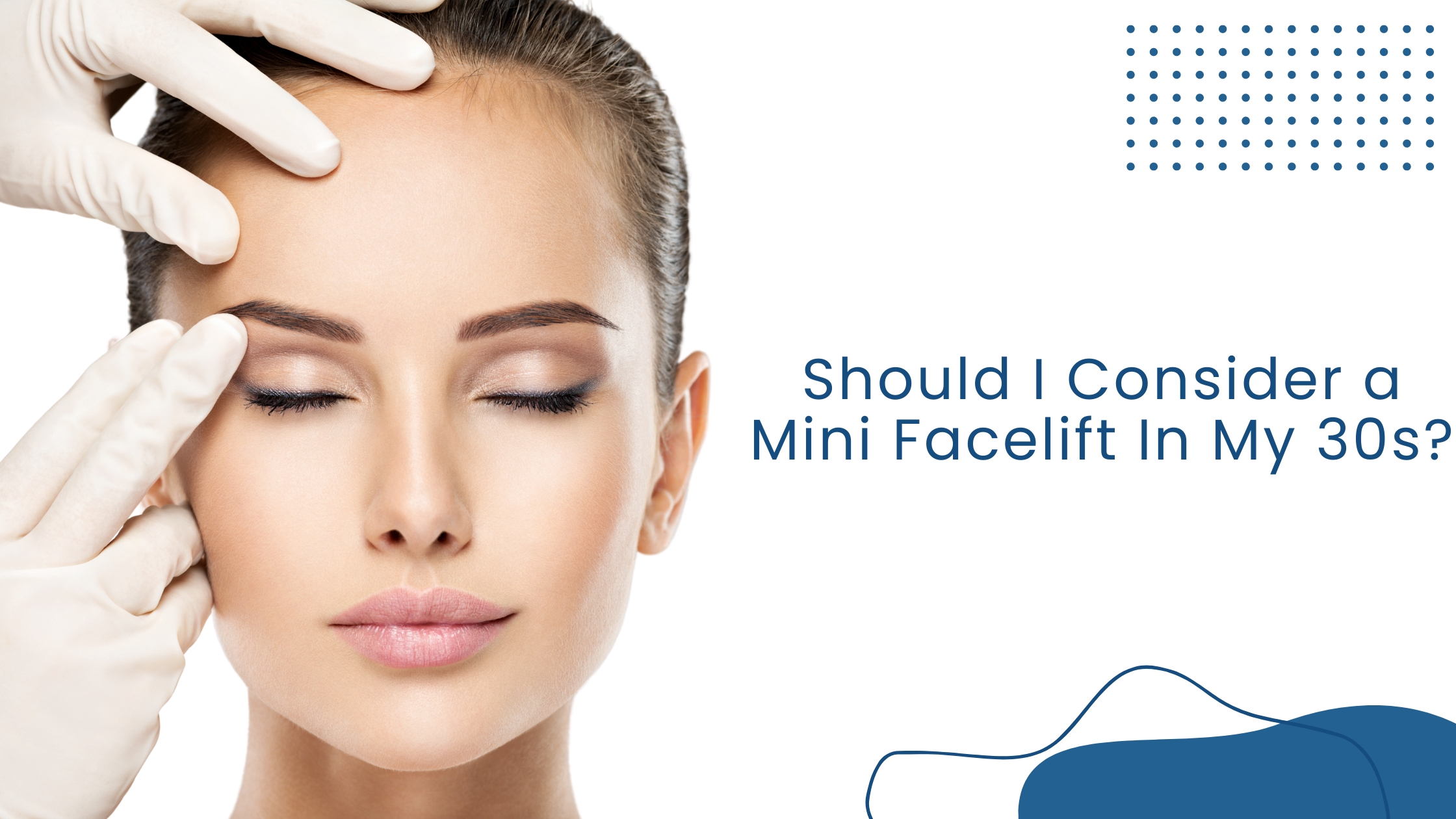Gynecomastia Surgery: How to Get a Firmer, Flatter Chest9 min read

Aesthetica Editorial Team

As a young man, I always felt self-conscious about my chest. I was never overweight, but my chest had a bit of a flabby appearance that made me feel less masculine. I avoided taking my shirt off at the beach or pool parties and even wore baggy clothes to try and hide it. But as I got older and learned more about body positivity, I realized that I wasn’t alone in feeling this way. Many men struggle with body image issues, particularly when it comes to their chests. In this article, we’ll explore why men can be sensitive about having flabby chests, and what they can do to feel more confident in their own skin.
Understanding Gynecomastia: What it Is, What Causes It, and How it Affects Men
Flabby chests can often be attributed to excess fat accumulation, but in some cases, it may be due to a medical condition called gynecomastia. Gynecomastia is a common disorder characterized by an enlargement of breast tissue in males, caused by an imbalance of the hormones estrogen and testosterone. It can occur at any age, but it’s most common during puberty and in older men. Gynecomastia is usually not a serious condition, but it can cause physical discomfort, emotional distress, and embarrassment. In some cases, treatment may be necessary, including medication, hormone therapy, or surgery, to alleviate the symptoms of gynecomastia. It’s important to consult a healthcare professional like a plastic surgeon or the medical staff at Aesthetica to determine the underlying cause of a flabby chest and to receive proper treatment recommendations.
There are several non-surgical recommendations for the treatment of flabby chests or gynecomastia in men that may be of particular help and interest to you as you get started on this personal journey.
Non-Surgical Treatments for Gynecomastia
There are several non-surgical treatment options available for dealing with flabby chests in men.
- One of the most effective ways to reduce chest fat is through regular exercises, such as weightlifting, cardio, and high-intensity interval training. These exercises can help build muscle and burn fat, leading to a reduction in flabbiness.
- Another option is to make dietary changes, such as reducing calorie intake and consuming more protein-rich foods to support muscle growth.
- Additionally, targeted exercises that focus on the chest muscles, such as push-ups, bench presses, and dumbbell flyes, can help tighten and tone the chest area specifically. As a friend of mine once said, “Having a big, muscular chest is a great way to hide less attractive other parts of our body, like too much belly fat.” But that’s a topic for another time!
- Other non-surgical treatments that can help reduce flabby chests include wearing compression garments, undergoing a body contouring treatment like CoolSculpting, and taking supplements like caffeine or green tea extract, which have been shown to aid in fat loss. It’s important to note that these treatments may not work for everyone, and a consultation with a healthcare professional is recommended to determine the most effective treatment plan for an individual’s specific needs. As noted earlier, much of having a flabby chest is due to hormones in the body and can be treated through non-surgical hormone replacement therapy (HRT). See our HRT partner provider at MedHealth.com for more information.
When to Consider Gynecomastia Surgery for a Flatter, Tighter Chest

Gynecomastia surgery, also known as male breast reduction surgery, may be a suitable option for those who have tried non-surgical treatments for flabby chests without success. Surgery is typically recommended when gynecomastia causes significant physical discomfort, emotional distress, or social embarrassment. It may also be considered when other medical conditions have been ruled out as the cause of breast tissue enlargement. The surgery involves removing excess fat and glandular tissue from the chest area through liposuction or excision techniques. In some cases, the surgeon may also need to reposition the nipple and areola to achieve a more natural appearance. It’s important to note that gynecomastia surgery, like any surgical procedure, carries risks, including infection, bleeding, scarring, and changes in nipple sensation. Therefore, it’s crucial to consult with a qualified and experienced plastic surgeon to discuss the potential benefits and risks of gynecomastia surgery and determine if it’s the right option for you.
There are several different types of common gynecomastia surgery and you may have a preference for one procedure type over another.
Types of Gynecomastia Surgery and What It Entails
There are several types of gynecomastia surgery that may be recommended based on an individual’s specific needs and the severity of the condition. The most common types of gynecomastia surgery include:
- Liposuction: This technique involves using a cannula to remove excess fat from the chest area. It’s typically recommended for cases where gynecomastia is caused by excess fatty tissue.
- Excision: This technique involves removing glandular tissue from the chest area through a small incision. It’s typically recommended for cases where gynecomastia is caused by excess glandular tissue or a combination of glandular tissue and fat.
- Combination of liposuction and excision: This technique involves combining liposuction and excision to remove excess fat and glandular tissue from the chest area. It’s typically recommended for cases where gynecomastia is caused by a combination of glandular tissue and fat.
- Skin tightening: In some cases, gynecomastia surgery may also involve skin tightening to achieve a more natural and contoured appearance.
The type of gynecomastia surgery recommended will depend on the individual’s specific needs and the extent of the breast tissue enlargement. It’s important to discuss all available options with a qualified and experienced plastic surgeon like Dr. Phillip Chang at Aesthetica in Lansdowne, Virginia to determine the most appropriate surgical approach for your individual case.
Preparation for Gynecomastia Surgery
Preparing for gynecomastia surgery is essential to ensure a safe and successful procedure. Here are some tips on how to prepare for gynecomastia surgery:
- Consult with a qualified plastic surgeon: It’s important to choose a board-certified plastic surgeon with extensive experience in performing gynecomastia surgery. During the initial consultation, the surgeon will evaluate your condition, discuss your goals and expectations, and recommend the most suitable surgical approach for you.
- Stop smoking and avoid alcohol: Smoking and alcohol can increase the risk of complications during and after surgery, so it’s recommended to stop smoking and avoid alcohol for several weeks before and after the procedure.
- Adjust medications: The surgeon will advise you on which medications to stop or adjust before and after the surgery to minimize the risk of bleeding and other complications.
- Arrange for someone to drive you home: Gynecomastia surgery is usually performed under general anesthesia or local anesthesia with sedation, so it’s important to arrange for someone to drive you home after the procedure.
- Prepare for post-operative care: The surgeon will provide you with specific instructions on how to care for your chest area after surgery, including wearing compression garments, avoiding strenuous activities, and taking pain medications as prescribed.
- Follow a healthy lifestyle: To achieve optimal results and maintain them, it’s important to follow a healthy lifestyle that includes regular exercise and a balanced diet.
By following these tips, you can prepare yourself for safe and successful gynecomastia surgery and achieve the best possible outcomes.
What Results Can I Expect?
The results of gynecomastia surgery can vary depending on the individual’s condition, the surgical technique used, and other factors. Generally, the goals of the surgery are to reduce breast size, improve breast shape and contour, and enhance the patient’s overall appearance and self-confidence. Here are some results that a gynecomastia patient can expect:
- Reduction in breast size: Gynecomastia surgery can significantly reduce the size of the breasts and remove excess fat and glandular tissue.
- Improved breast shape and contour: The surgery can improve the shape and contour of the breasts to create a more masculine appearance.
- Enhanced self-confidence: The surgery can boost the patient’s self-esteem and confidence, allowing them to feel more comfortable and confident in their body.
- Long-lasting results: The results of gynecomastia surgery are generally permanent, as long as the patient maintains a healthy lifestyle and does not gain significant weight.
- Improved physical comfort: Gynecomastia surgery can relieve physical discomfort, such as pain, tenderness, and irritation caused by excess breast tissue.
It’s important to note that the final results of gynecomastia surgery may take several weeks or even months to fully appear, and patients should follow their surgeon’s instructions for post-operative care to ensure optimal healing and recovery.
Before and After Results for Gynecomastia at Aesthetica:

Consider Gynecomastia Surgery at Aesthetica!
In conclusion, gynecomastia is a common condition that can cause significant emotional and physical discomfort for men. Fortunately, there are several non-surgical and surgical treatment options available to address this condition and help men achieve a more masculine chest contour. By consulting with a qualified and experienced plastic surgeon, individuals can learn more about their options and develop a personalized treatment plan to achieve their goals. If you or someone you know is struggling with gynecomastia, we encourage you to schedule a complimentary consultation with our team today. Our compassionate and skilled staff can help you achieve the best possible outcomes and restore your confidence and quality of life. Visit our office or call us at 703-729-5553 to get started with any initial inquiries. We are proud to serve the greater
Let Us Help You!
Our office can provide you with helpful information, schedule a free consultation, and walk you through the many services and procedures we provide.
Contact Dr. Chang's Office:
More Articles For You
Are Silicone Injections in Buttocks Safe?
In today’s world, where the aesthetic appeal of one’s body can often feel as though

Does a Mommy Makeover Include BBL?
Many women look forward to the blessings of motherhood. Having a child is a very

Male Plastic Surgery: Before and After
Women aren’t the only ones who want an aesthetically pleasing body. Men do too. And

Should I Consider a Mini Facelift In My 30s?
Turning 30 is more than just a milestone age; it’s often a time of reflection
